| THE GLORY OF FRANCE |
| Published in September 2019 |
| H E K T O R A M A |
| . |
Parisian hospitals, like those in many European capitals, are the results of years of accretion. Hôtel-Dieu, the oldest Parisian hospital, was founded by Saint Landry in 651 and was the only hospital in Paris until the Renaissance. The 7th century saw the founding of many hôtels-dieu across France: establishments attached to religious foundations, whose purpose was to house pilgrims but also to care for those whose illness made it impossible to continue their travels. Over time the hôtels-dieu focused on treating the sick, although the Hôtel-Dieu in the center of Paris remained open to all who sought care: the sick, travellers, pregnant women, the old, and the indigent. Following the motto of Saint Landry medicus et hospes (host and doctor), the staff even admitted lepers.
|
| LA MAISON: A PALLIATIVE CARE CENTER IN FRANCE | ||||
|
|
|
|||
|
||||
| HOTEL-DIEU DE BEAUNE: BENEFITS OF RELIGIOUS CHARITY AND VINEYARDS | |||||
Charitable hospitals are fairly ubiquitous worldwide and are often associated with religion. Indeed the earliest known institutes devoted to healing were Egyptian temples, followed by ancient Greek temples devoted to Asclepius. The modern idea of hospitals providing in-patient care stems from Christian charitable institutions founded following an ecumenical council, the First Council of Nicaea, in 325 AD. France has a fine tradition of generosity and philanthropy, promoted by the Catholic teaching that charity was required to receive a place in heaven. The Hospices de Beaune refers to a collection of charitable hospitals, alms houses, and orphanages – such as the Pommard and Nolay leper colonies, la Maison-Dieu at Meursault, and later the Beaune orphanage, acquired under a single administration. However L’Hôtel-Dieu stands out of the collection as being one of the finest examples of Northern Renaissance architecture, its original buildings still standing and still used as a hospital until 1971.
|
|||||
| ILLNESS OR INTOXICATION? DIAGNOSING A FRENCH CLOWN | ||||
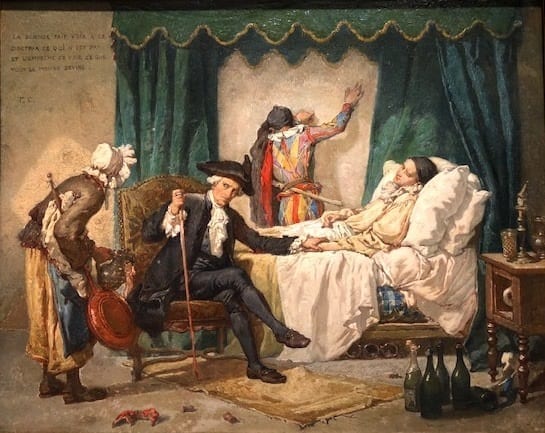 In his day, Thomas Couture was a renowned history painter, though his students would later surpass him in fame—the likes of Edouard Manet and John Lafarge. Born in the small French town of Senlis, his parents moved to Paris when he was a child so he could study art. He attended there the École des Beaux-Arts, and after repeated attempts to win the Prix de Rome (which according to Couture was not his lack of talent, but the ignorance of the Academy!), he finally met with success, receiving the prize in 1837 and subsequent large mural commissions. Rebellious by nature, he opened his own school of art, pitted against the reigning academic forces in Paris. After one particularly harsh critique, he retreated to his hometown of Senlis. This charming painting showcases not only Couture’s artistic acumen, but also his biting wit—in this instance assailing the medical profession. In The Illness of Pierrot, a foppish physician attends to his pale and wan patient Pierrot, assiduously taking his pulse …
|
||||
| CHARCOT AND HIS “GRANDES HYSTERIQUES” | |||||
Perhaps no other physician in history has been associated with more diseases than Jean-Martin Charcot (1825-1893). He was one of the greatest neurologists of the 19th century, instrumental in developing the systematic neurological examination based on correlating clinical features observed during life with changes found at autopsy.
|
|||||
|
|
|||||||||||||||
|
|
|
||||||||||||||

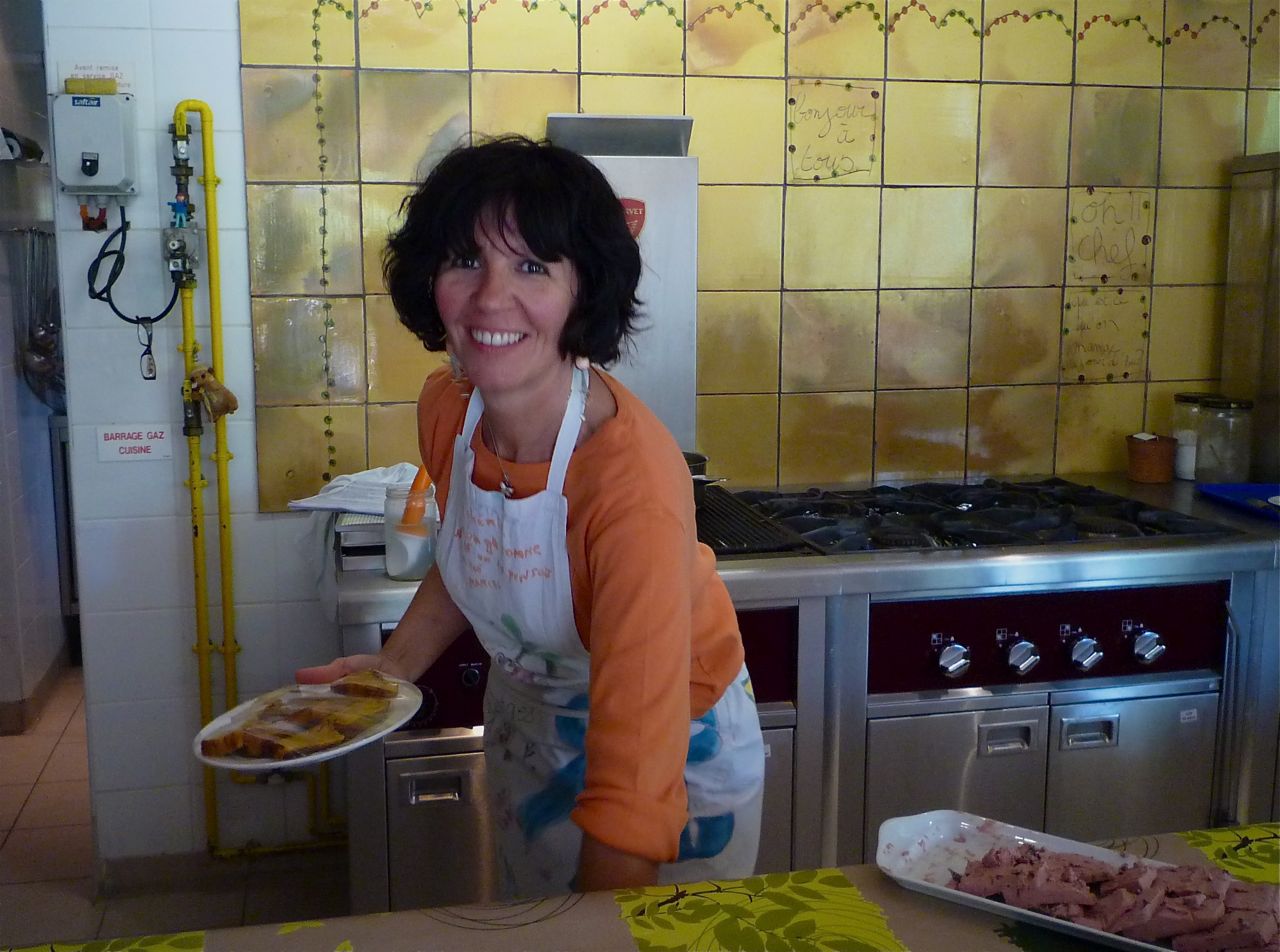
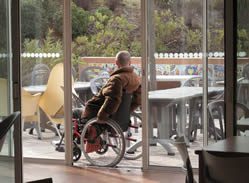
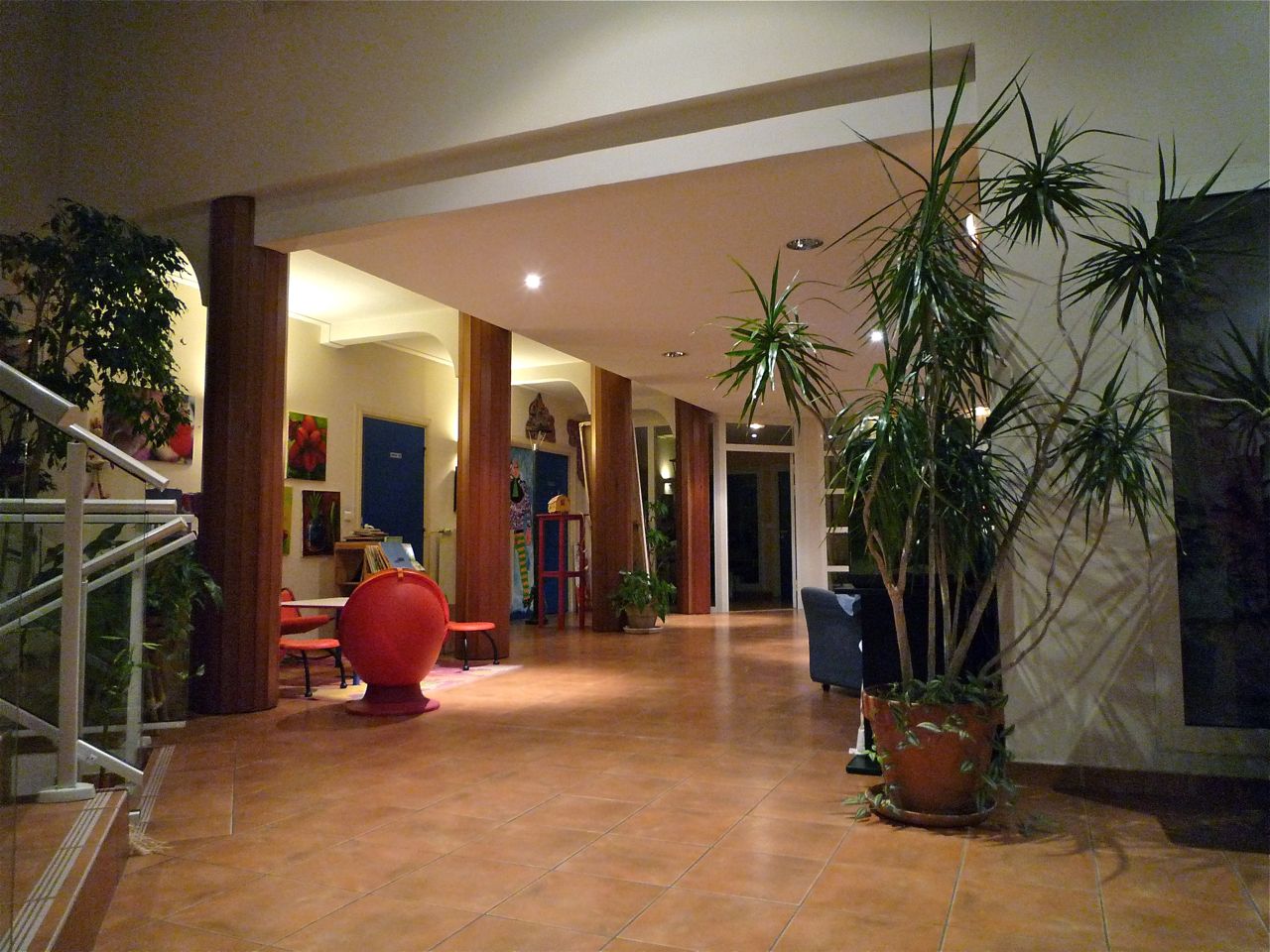
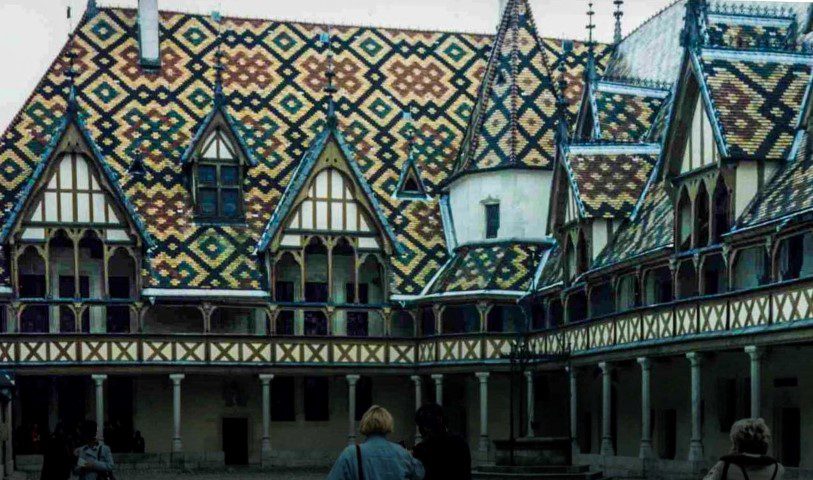
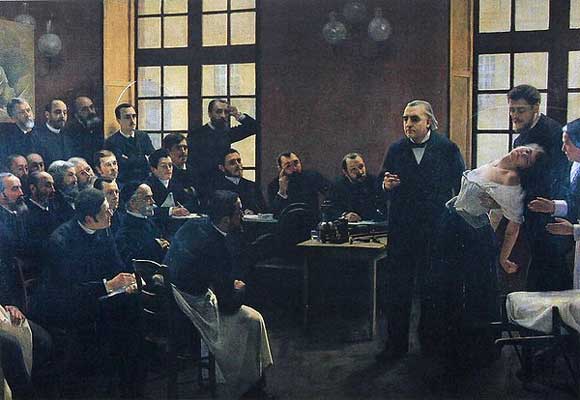
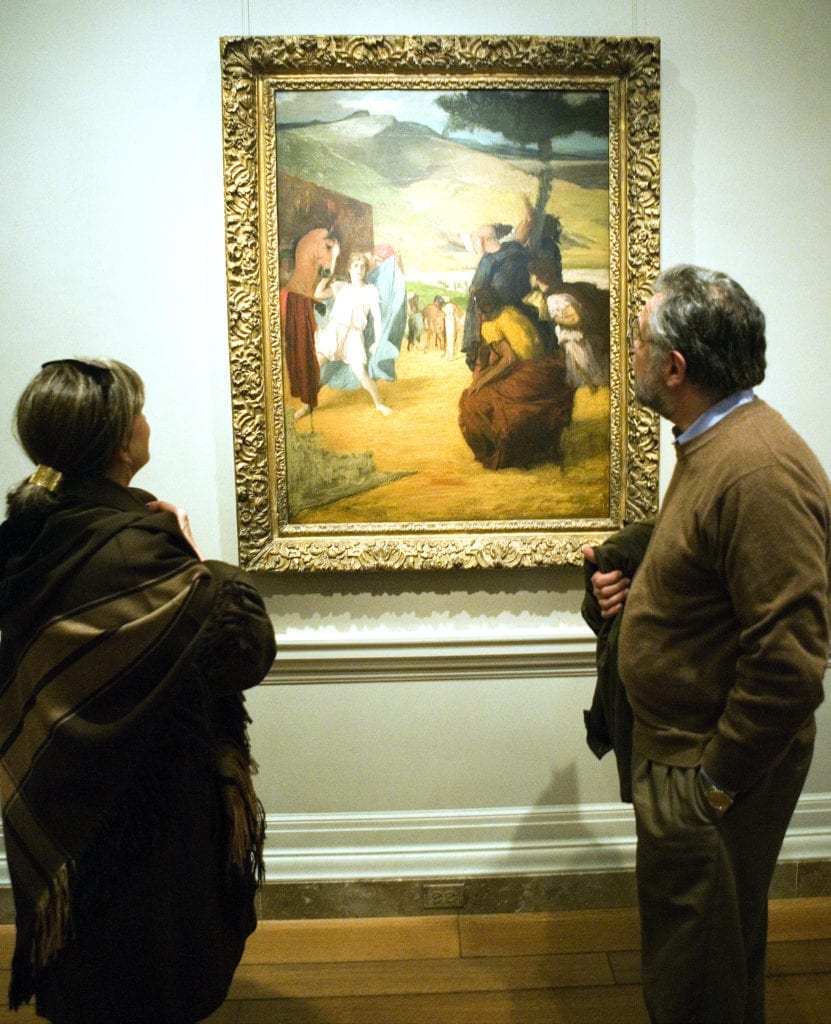
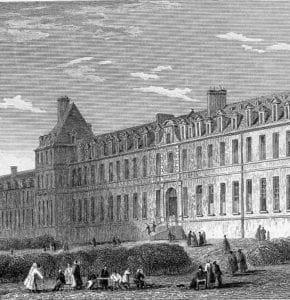
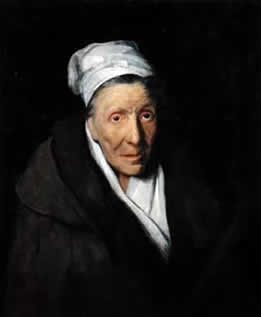
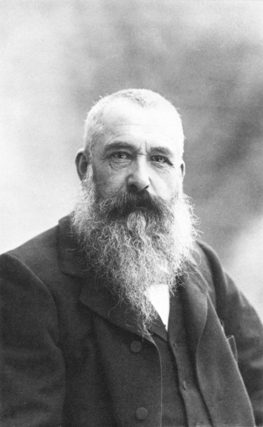
Leave a Reply